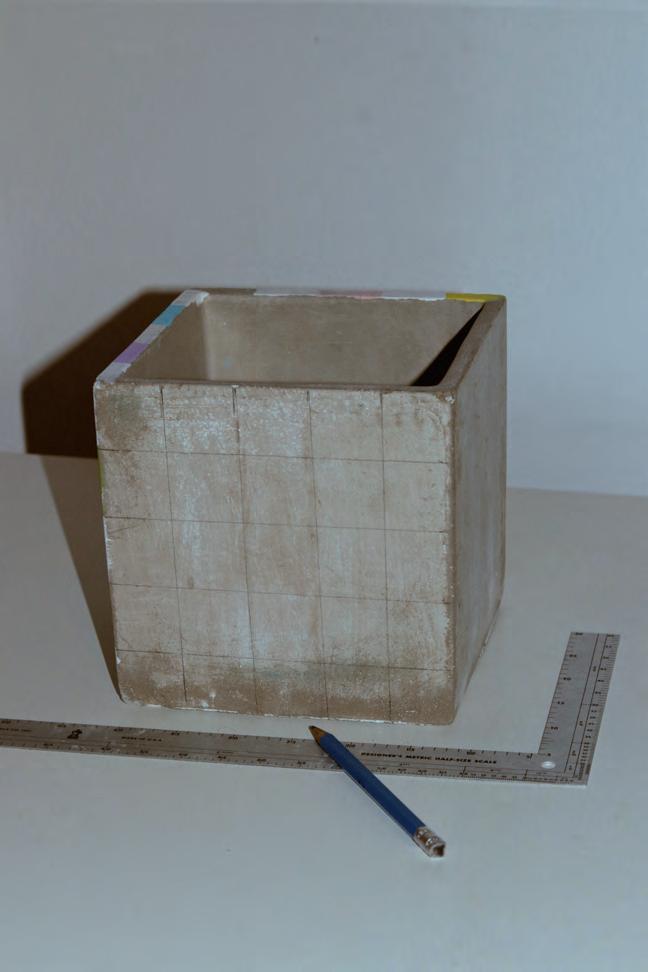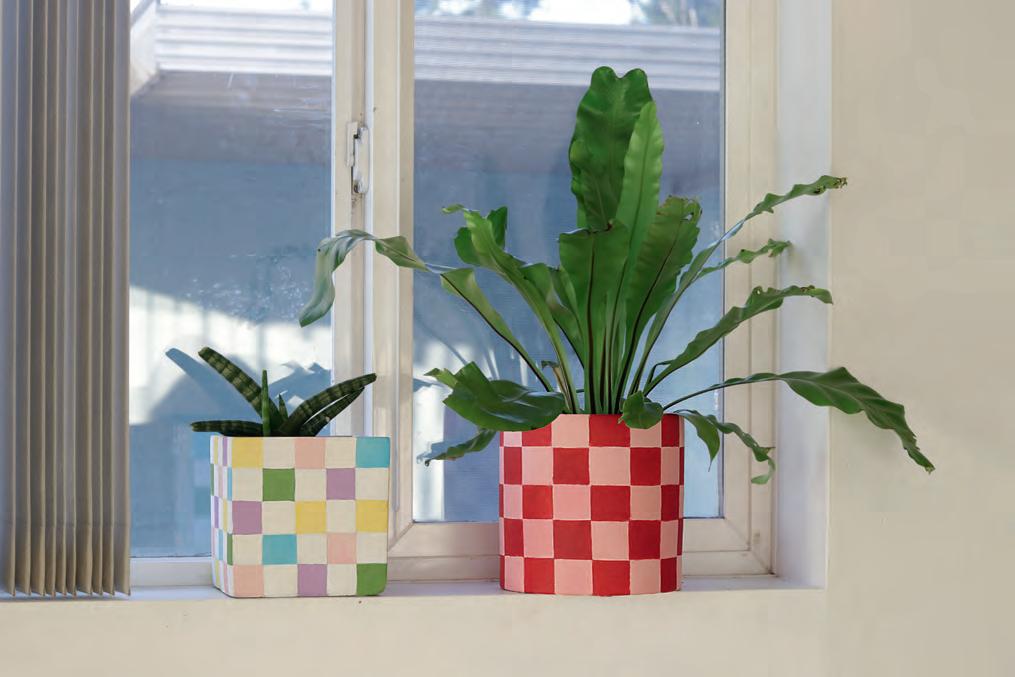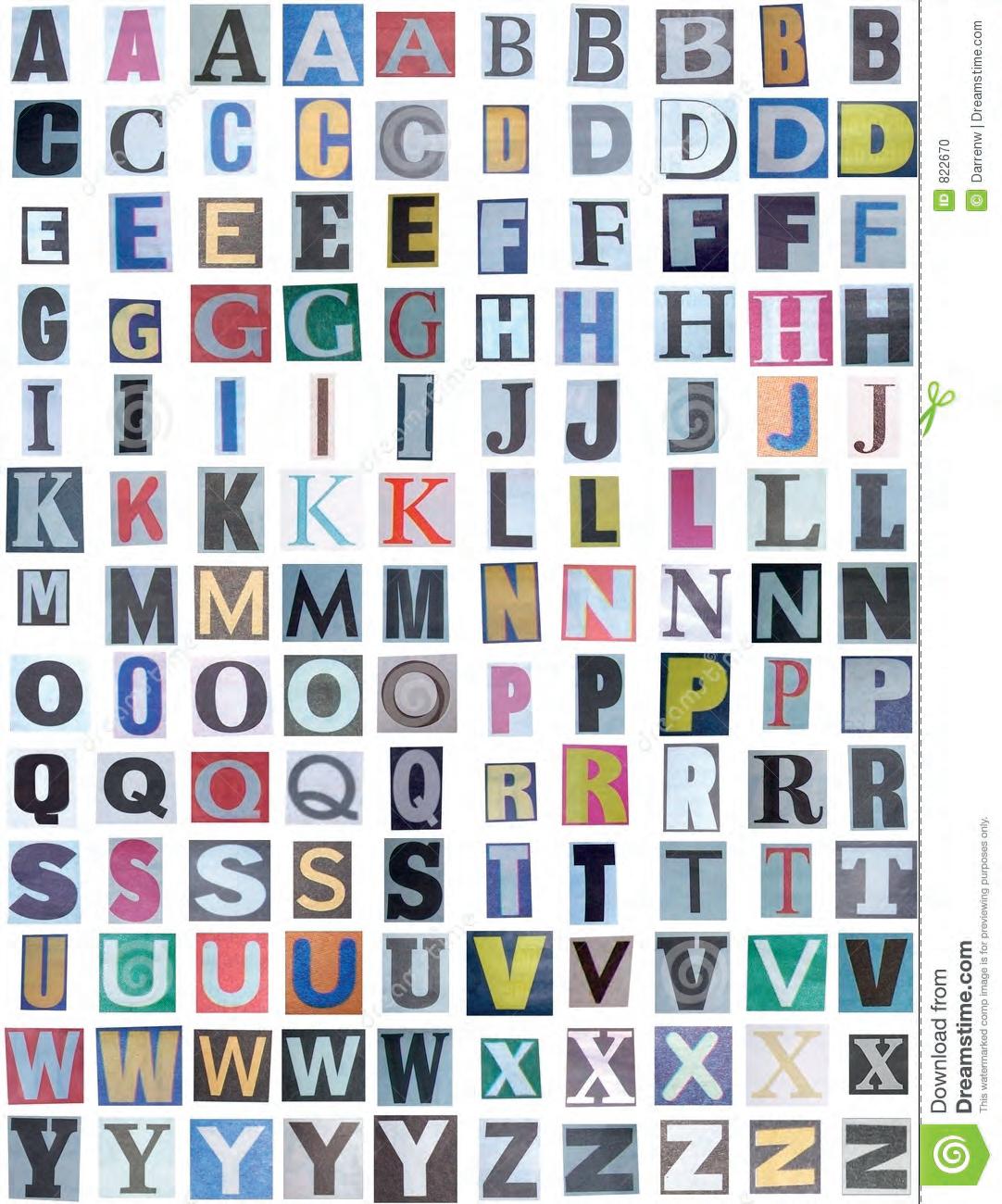
4 minute read
DIY: Painted Planter
2 3

Advertisement
Do It Yourself: Painted Planter
Dress up your plants in something prettier than plastic
ANA MARIA CAICEDO Editor-in-Chief
The pandemic made me a plant person. During the summer months of quarantine solitude, I acquired plant after plant, hoping to fill the void (until I got a cat). When my roommate Val left for Mexico, she left behind her succulent in the beautiful planter she had hand-painted. Wanting my plants to be outfitted in something prettier than a plastic pot, I asked Val how she did it and decided to give it a go.
Aside from photography, I’ve never been particularly good at any kind of visual art. After painting a few of these, I can honestly say anyone can create something cute with little to no artistic skills. There’s something so therapeutic about painting these. Mixing the creamy paints, soaking in the vibrancy of the colours, getting lost in the routine of it and the occasional need for precision—painting these planters put my mind at ease.
Step 1: Gather Your Materials
You will need:
One unglazed/uncoated ceramic pot (should feel matte to the touch) The pot mustn’t have a shiny finish on it, as this will make it difficult to paint to dry/soak in unless you apply a proper primer underneath. If you want to plant directly in your planter, it’s important to get a pot that has one or more drainage holes—the more, the better. If your pot doesn’t have drainage holes, you can drill some in or use a smaller planter with drainage holes and place that planter in your pot (this is what I did). Any terra cotta or unglazed pot will work—you can find them at Rona, Home Depot, the Dollar Store, and online.
Acrylic paint—any acrylic paint will do, even the ones from the dollar store. A light pencil or pencil crayon Brushes Depending on your design, you may need a few brushes with different shapes and sizes (for sharper lines, to get in little corners, etc.) A jar of water to soak and clean your brushes in between colours A rag Clear acrylic spray (I used Rust-Oleum Painter’s Touch Paint & Primer in Satin Clear)


4 5

Step 2: Time to Design
The sky's the limit! When you’re figuring out what you want to paint, I suggest using a light-coloured pencil crayon or a pencil to trace your design beforehand. This will make it much easier to paint precisely. Right now, I’m obsessed with checkers, so I measured the width of the top side of this pot and divided it into four. Using a ruler, I marked each interval with my pencil, then traced each line to end up with five evenly spaced rows. I repeated this on the left side of the pot, and the result was an evenly-spaced checker grid.
Step 3: Paint Your Heart Out
This is my favourite part. You can mix different paint to get just the right colour. Use a bigger brush to fill up space quicker and a smaller brush for details and edges. Depending on what you’re painting, you might prefer a round brush, flat brush, angular brush—the list goes on. If you’re planning on placing your plant directly in the planter, DO NOT paint the inside of the pot—paint is toxic to plants.
To switch colours, clean your brush in the water and wipe it dry with the rag. Make sure you’re not dipping a wet brush into your paint. If you’re painting for a while, some paint may dry on your brush and get tacky, leaving residue as you paint. At this point, you can clean your brush in the sink with some soap and water.
Do two or three coats, depending on how your pot is responding to the paint. If you make a mistake, don’t stress—with acrylic paint, it’s relatively easy to paint over an existing colour once it’s dry, it might just take a few more coats than usual. I usually try to clean up at the end with a little brush.
Step 4: Spray Away
Spray the pot with a clear, water-based acrylic spray. This will help seal the paint and protect it from scratches. I flipped the pot upside down while I was doing this so no paint would get on the inside. While the spray will make the planter water-resistant, it won’t make it waterproof, so don’t put it outside or somewhere where it’ll come into contact with lots of water.
Step 5: Put Your Plant Baby in its New Home
You’re all finished! As I’ve mentioned before, if your pot has no drainage holes in it or if you painted the inside of it, make sure you’re not placing the plant directly in the planter, but rather place it in a container with drainage holes and then put that container in the planter.










